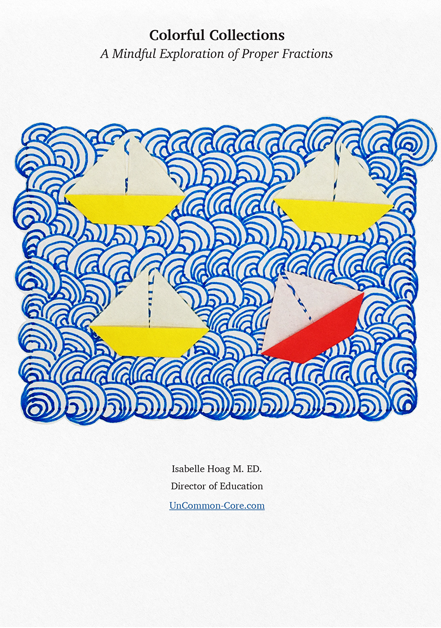
Sharing and Following Instructions Helps Students Understand Vocabulary
Get ready for seriously fun activities designed to give elementary students practice with vocabulary in geometry class. I especially love this group of lessons because students get a fresh look at directions and instructions which they encounter daily in math class. This is a win-win-win-win set of activities.
The tasks:
- Provide an authentic context for using academic language.
- Support creating simple, clear directions for other students to follow.
- Require an accurate interpretation of directions given.
- Promote teamwork and linguistic precision in order to ensure a successful result.
- Engender focus as there is a lot to think about.
- Result in colorful mini-posters to display.
Another benefit of doing these kinds of activities is that you will get a great list of which students need reteaching on what topics. One of the first things I noticed was who knew right from left and who still had to think about it.
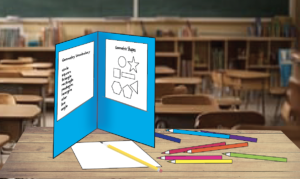
Give and Take
Q. Can two students make exactly the same images without the ability to see what the other is doing?
A. Yes. They can if one gives clear, precise directions, and if the other takes the time to realize what else they need to know.
Pair up your students, give each of them two pieces of paper, a folder and similar sets of supplies. Students then take turns sharing directions and interpreting directions. Remind everyone to consider shape, color, size, orientation, and location on the page.
What’s the catch? They must set up privacy folders around their work so neither knows what the other is drawing. It is important for the student who is giving instructions to create their work at the same time. Their finished image will show how they intended for the directions to be carried out.
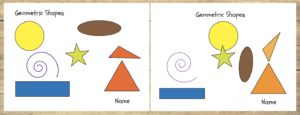
After 15 – 20 minutes, have the students swap roles and use the other piece of paper.
Finally, they compare their work to identify which instructions were carried out well and which were less successful. Consider having each pair create a list of helpful tips to share with others before doing this activity again. Success in this project depends on clarity of directions as well as active listening on the part of the person who is interpreting those directions.
Later, invite students to reflect in writing about the experience. This gives them another chance to use the target vocabulary in meaningful ways. Written reflection also allows students to examine what works when giving instructions, where misunderstandings are likely to develop, and what sort of questions they need to ask in order to interpret directions effectively.
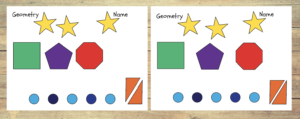
Variations
To make the task 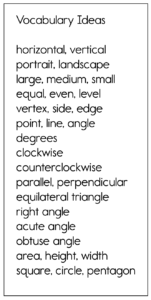 easier, give each pair stencils or objects which can be traced to produce shap
easier, give each pair stencils or objects which can be traced to produce shap
es with the same size. Make sure they have a small selection of writing tools in colors that can be easily named. It isn’t difficult to find the same shade of blue when there is only one choice. Provide students lists of vocabulary or images of shapes they might use.
Model checking to make sure you have the listener’s attention, giving short, clear instructions, and inviting followup questions. Then model the role of interpreting the instructions, thinking about exactly what was ~ or wasn’t ~ said and then asking for information that might be missing.
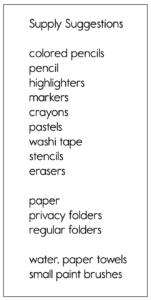
Snap photos of each pair of images to send home with the partner. This way family and caregivers can see the results for themselves. Encourage students to try the activity at home.
Older students might benefit from having rulers or protractors to help them give and interpret directions more accurately.
Ask a volunteer to type up a list of suggestions from the ideas the students wrote down after the first exercise. Ask students to provide demonstrations of each suggestion to make sure everyone has a good understanding of how to use the tips when next they participate in the activity. Some children might want to create illustrations of the tips in action.
Mix up your class into different pairs or even small groups and have them repeat the activity with new vocabulary words. Save the results to create an interactive display. Challenge viewers to match papers that were created from the same set of instructions.
Teachers, don’t be surprised when you notice some of your personal characteristics or instructional catch phrases coming from those students who are sharing instructions! You may even recognize some of your colleagues’ habitual favorite phrases being used, too.

Share This Story, Choose Your Platform!
Download Colorful Collections:
A Mindful Exploration of Proper Fractions
Help your students make sense of fractions.
I started teaching in 1987, which means I’ve collected many tips and tricks along the way. In this ebook, I share concepts, strategies, and classroom materials to help you make math sticky.
Along with this useful ebook, you will receive weekly emails from StickyMath@UnCommon-Core.com. I send information like: teacher tips, educational ideas, book reviews, curated lists, reviews of educational sites, and free first drafts of products that I’m creating for my TPT store. That way, you get helpful ideas and free stuff, while I get some feedback before I finalize products and put them up for sale.
I value your privacy. I will never sell your information. You may unsubscribe at any time.
All the best!
Isabelle
Isabelle Hoag M. Ed.
